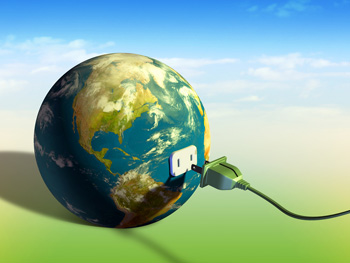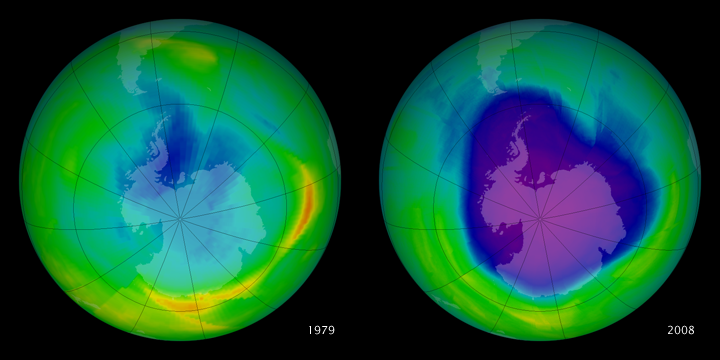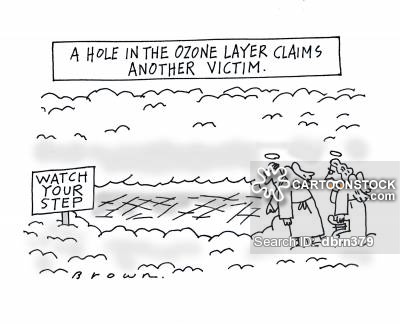1) When you try to stretch a piece of plastic bag, the length of the piece of plastic being pulled increases dramatically and the thickness decreases. Does the same thing happen when you pull on a piece of paper? Why or why not? Explain on a molecular level.
Answer: When you stretch the plastic bag, the plastic bag narrows and “necks down”. The molecules of the plastic bag will become aligned to each other in a parallel manner and in the direction of the pull. When you alter the molecule alignment, the process is not reversible and will eventually break when it is pulled for a continued period.
However, in the case of the paper, the paper does not react the same way as the plastic bag when it is pulled. When it is pulled, the paper instead tears instead of stretching to any extent. This is because of the cellulose molecules that are held far more rigidly in place in paper that cannot be freely aligned such as the molecules of the plastic bag.
2) When Styrofoam packing peanuts are immersed in acetone (the primary component in some nail-polish removers), they dissolve. If the acetone is allowed to evaporate, a solid remains. The solid still consists of Styrofoam, but now it is solid and much denser. Explain. Hint: Remember that Styrofoam is made with foaming agents.
Answer: Styrofoam packing peanuts are made of 98% air. When it is immersed in the acetone, the acetone will allow the gases of the foaming agent to escape, leaving behind a denser Styrofoam piece. Therefore, it is more solid and much denser because the gases have been removed.
3) Consider Spectra, Allied-Signal Corporation’s HDPE fiber, used as liners for surgical gloves. Although the Spectra liner has a very high resistance to being cut, the polymer allows a surgeon to maintain a delicate sense of touch. The interesting thing is that Spectra is linear HDPE, which is usually associated with being rigid and not very flexible.
a. Suggest a reason why branched LDPE cannot be used in this application.
b. Offer a molecular level reason for why linear HDPE is successful in this application.
Answer:
a. Branched LDPE are not packed in a linear or crystal structure. This means that there is less intermolecular forces as the instantaneous-dipole induced-dipole attraction is less. Therefore, LDPE is usually lower in tensile strength but higher ductility. Therefore, it cannot be used in surgical gloves as it is not strong enough and may be too “flimsy” like a plastic bag.
b. Linear HDPE has a low degree of branching and is mostly made up of linear molecules where intermolecular forces are stronger than highly branched polymers. Therefore, HDPE has high tensile strength. However, in order for it to be flexible enough to be used in surgical gloves, only a thin liner of HDPE is used. This ensures the gloves are strong enough to be resistant to cuts and at the same time, flexible enough for use as gloves (fit into surgeons hands, stretched, etc.).
4) A Teflon ear bone, fallopian tube, or heart valve? A Gore-Tex implant for the face or to repair a hernia? Some polymers are biocompatible and now used to replace or repair body parts.
a. List four properties that would be desirable for polymers used within the human body.
b. Other polymers may be used outside your body, but in close contact with it. For example, no surgeon is needed for you to use your contact lenses—you insert, remove, clean, and store them yourself. From which polymers are contact lenses made? What properties are desirable in these materials? Either a call to an optometrist or a search on the Web may provide some answers.
c. What is the difference in the material used in “hard” and “soft” contact lenses? How do the differences in properties affect the ease of wearing of contact lenses?
Answer:
a. (1) Non-toxic, (2) Lack of reactivity in body fluids, (3) Lack of solubility in body fluids and (4) stability over time of intended use. We can also consider the costs and the ease of implantation.
b. In the market, there are different types of contact lenses that are made of different kinds of polymers. Polymethyl methacrylate (PMMA), one of the earliest polymers used for rigid gas permeable lenses, is structurally similar to Lucite and plexiglas. Silicone-acrylate materials now are more commonly used under trade names such as Kolfocon. Newer rigid gas permeable (RGP) polymers contain fluorine: fluoro-silicone-acrylate polymers and fluoro-silicones. Polymacon (38% water) is typical of the polymers used for soft lenses and is a polymer of 2-hydroxyethyl methacrylate (HEMA). Other methacrylates include hioxifilcon (48% water) and methafilcon (55% water) or even lidofilcon (70% water). Manufacturers’ websites are good sources of information. Desirable properties include being nontoxic, permeable to oxygen, comfortable to wear, and inexpensive. Also desirable is the ability to conform to the shape of the eye and to be easily cleaned (if not disposable).
c. Polymethyl methacrylate (PMMA) are typically used in hard contact lenses. This is a rigid non-gas permeable plastic which may reduce the oxygen supply to eyes when it is used. On the other hand, soft contact lenses are made of silicone, a flexible and gas permeable plastic. This allows sufficient oxygen to reach the eye, making it more comfortable and less painful on the eyes.







